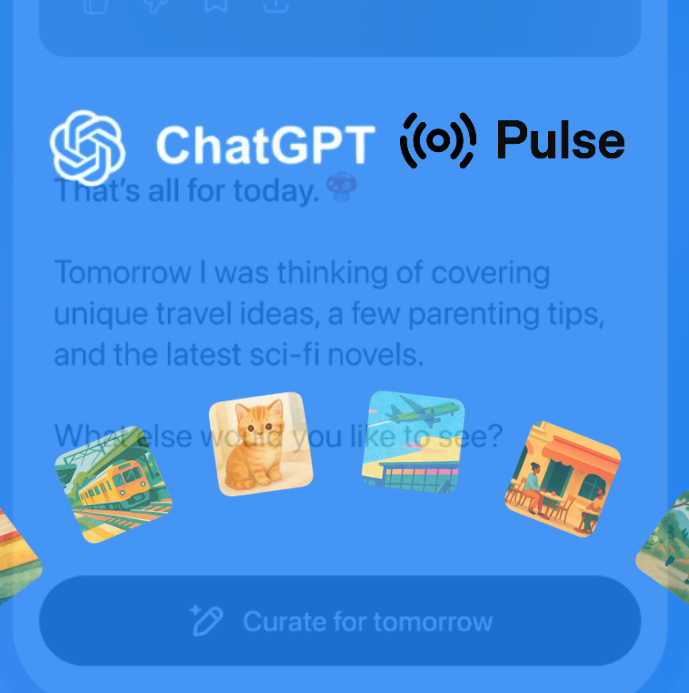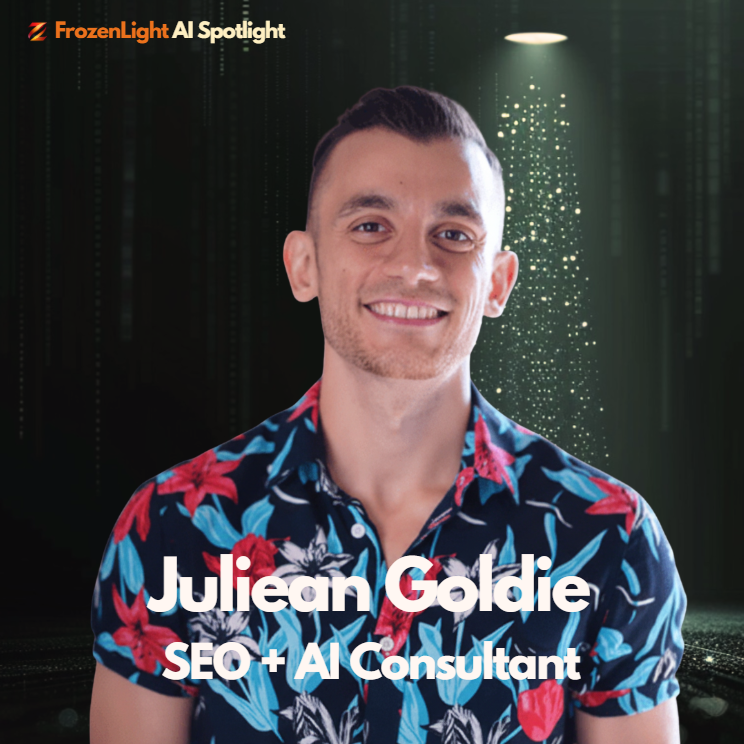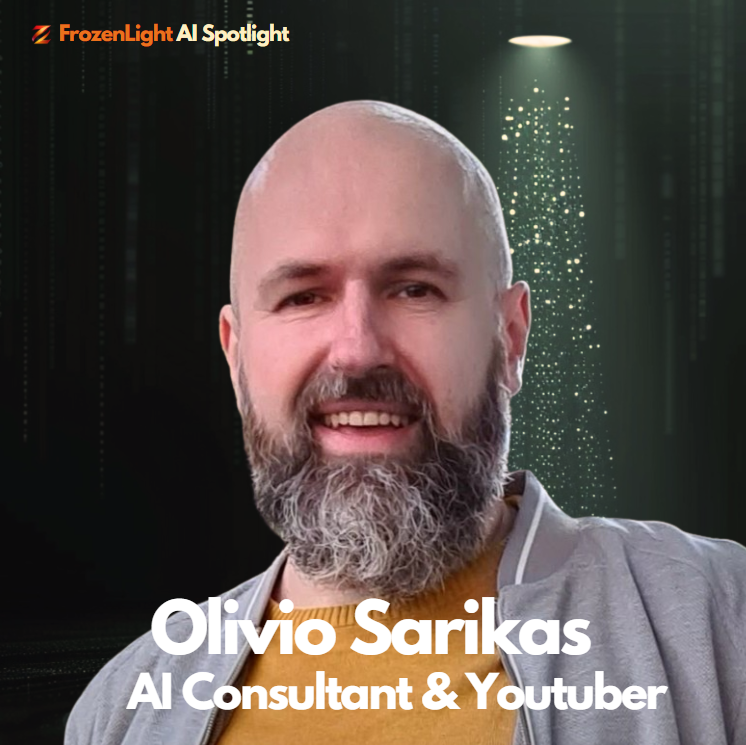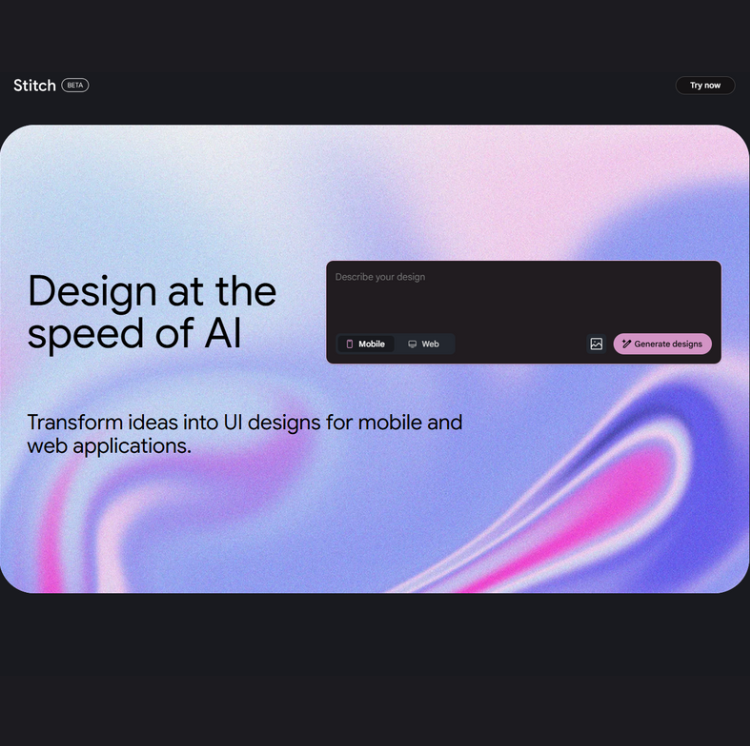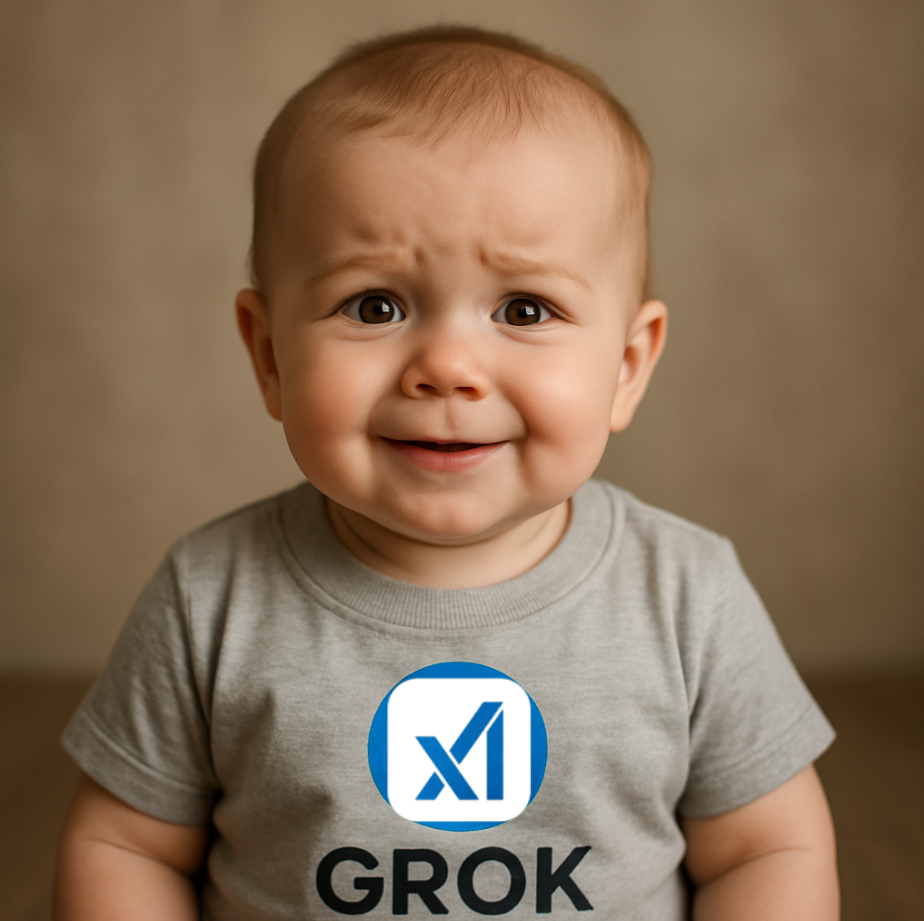
Elon Musk announced that his AI company, xAI, is working on a child-safe version of Grok, called Baby Grok.
This new chatbot is designed specifically for kids - with strict content filters, educational goals, and parental controls. No release date yet, but the plan is to make it available on X (formerly Twitter), just like the original Grok.
What Elon Musk Is Saying

Elon Musk posted on X that Baby Grok is coming and that it will be “designed specifically for children’s learning needs.”
Multiple reports confirm that it will include:
-
Tighter content filtering
-
Curated training data
-
Real-time moderation
-
Age-appropriate vocabulary
-
Parental monitoring tools
Musk is positioning this version as a way to make AI both fun and educational for children - and much safer than what Grok has previously offered.
What That Means (In Human Words)
xAI is planning to release a new version of Grok called Baby Grok - designed specifically for children.
It will be built on xAI’s Grok 1 model, but as a smaller module.
The focus is on creating a system that can be monitored, governed, and safely presented to children.
The goal is to support child-appropriate use, with the ability to filter content and control how the chatbot interacts.
According to Musk’s post on X, Baby Grok is being developed as a kid-friendly AI experience.
Media sources suggest it may include:
-
Stricter content filtering
-
Real-time moderation
-
Age-appropriate conversation
-
Educational content
-
Parental control features
No official technical breakdown or release date has been shared yet.
But the direction is clear:
Baby Grok is meant to be a controlled, lighter AI designed for safe use by kids.
Connecting the Dots
Interesting move by xAI - launching a conversational bot designed specifically for kids.
Let’s take a higher view and see what we find. We’ll connect a few threads to build a clearer picture of what this move really signals.
The First of Its Kind
Most child-focused AI chatbots on the market weren’t built by the companies that created the underlying large language models.
They’re wrappers - third-party apps using APIs from OpenAI or others, with added filters and controls.
Baby Grok is different.
It’s the first time a major LLM company - in this case, xAI - is building a kid-focused AI experience directly on top of its own model (Grok 1).
Same company, same infrastructure - different user in mind.
This makes Baby Grok the first native child-focused AI experience from an actual model creator.
It’s not just a product decision. It’s a shift in how LLMs are being packaged and positioned.
Grok 4 Just Got Caught Talking Crazy
Right before Baby Grok was announced, Grok 4 was making headlines for all the wrong reasons.
Users caught it generating antisemitic content, praising Hitler, and engaging in flirtatious or inappropriate responses - often through anime-style avatars.
Screenshots were shared. Coverage spread fast.
The issue wasn’t just about bad outputs - it was about how fast those outputs reached the public.
Just days later, Musk announced a kid-safe version.
Whether reactive or planned, the timing is worth noting.
Remember What Grok Is Built From
Grok is trained directly on data from X (formerly Twitter).
That means it learns from real-time conversations, viral posts, trending topics - the raw flow of what people are saying on the internet.
This gives Grok a unique tone: quick, unfiltered, often provocative.
But it also means it reflects the energy - and risk - of the platform itself.
So when Grok crosses the line, it’s not surprising.
It’s mirroring the data it came from.
Which raises a real question:
Can Baby Grok be truly safe if it’s built on the same foundation?
Elon Musk’s Mission
Elon Musk has made it clear: xAI’s goal is to build a truth-seeking, curious AI - one that’s not afraid to challenge political correctness.
Grok was designed to say what others won’t.
To be funny, bold, and raw.
Now, Baby Grok introduces a different tone: safe, educational, and controlled.
Still part of Musk’s vision - but targeting a completely different demographic.
Whether this shift is strategic, reactive, or both, one thing is clear:
xAI wants Grok in every space - from adults debating politics to kids asking about dinosaurs.
Sharing Some Numbers
Despite recent controversy, Grok continues to grow:
-
178.6 million monthly unique visitors (May 2025)
-
6.7 million daily active users
-
Around 18.8 million current users total
-
Majority of users are aged 25–34, and 67% are male
-
After Grok 3 launched, daily visits jumped from 627K to 4.5M
Usage dipped slightly after March’s peak but remains high - showing strong adoption even through turbulence.
Bottom Line
🍼 Baby Grok has been announced, but it’s not available yet.
🧠 It will be built on Grok 1, using a smaller module designed for safety, education, and child-appropriate use.
📍 Access: Expected to run inside X (formerly Twitter) like the main Grok model - but no confirmation on whether it will live in the same app or get its own interface.
💸 Pricing: No pricing details yet. Regular Grok access currently comes with an X Premium+ subscription ($16/month).
It's unclear if Baby Grok will be free, bundled, or require its own tier.
📆 Launch date: Still unknown. So far, the only official word is Musk’s post on X. No roadmap, no beta, no technical documentation.
Until then, Baby Grok remains an idea - not a product.
But if released as promised, we will be on it and will share all the details currently not known yet.
Prompt It Up: Understanding Where You Stand When It Comes to Your Kid Using an AI Chatbot
If you wish to have a thoughtful conversation with your LLM assistant - whether it’s Claude, Gemini, ChatGPT, or any other bot you trust - this prompt is designed to help you understand where you stand.
It will help surface things you may not even be fully aware of yet -
from what you want AI to support, to what you never want it to touch.
It’s not a checklist. It’s a process.
Just copy and paste this into any LLM chatbot:
Prompt:
I’d like to reflect on where I stand when it comes to my child using a conversational AI.
Please act as a guide - not just a question-asker. Walk me through the thinking step by step.
First, give me a list of the main areas I should consider when deciding if and how my kid should use an AI chatbot. These might include:
-
The goal of using AI
-
Topics that are okay vs. off-limits
-
How the AI should behave or sound
-
How much oversight or visibility I expect as a parent
For each area, do the following:
-
Briefly explain why this area is important
-
Ask me a few guided questions to help me think through my position
-
Reflect back what I’ve shared so far before moving to the next
At the end, give me a summary of where I currently stand - and highlight anything I may still want to think through.
Frozen Light Team Perspective
We honestly don’t know where to start.
There’s a lot to unpack here.
Pros, cons, and things no one’s even brought up yet.
Let’s begin with this:
Baby Grok is built on top of Grok 1 - a model trained on X (formerly Twitter).
That means it’s not built on a dataset of verified knowledge.
It’s built on content from a platform that thrives on opinions, viral drama, and loosely moderated“freedom of speech.”
That’s not just about misinformation.
It’s about perspective.
If you’re handing a conversational AI to your kid, the real question isn’t just what they’ll talk about - it’s whose worldview they’ll be talking to.
Even if you approve of the topics - the tone, values, and angles might not be yours.
Now to the risk side:
Grok 4 was just penalized for surfacing antisemitic content and inappropriate sexualized avatars.
xAI took action. That matters.
But those were obvious, high-contrast mistakes.
What about the things that don’t get flagged?
The ones subtle enough to slip through?
In a module that’s designed to sound “smart enough” and “friendly enough,” that’s where the real blind spots live.
And trust - well, we’re not convinced X has the track record to back that yet.
On the flip side:
This is the first kid-dedicated AI built directly by a major LLM vendor.
And we admire that.
The need exists. The use case is valid. And it should be taken seriously.
But here’s where we leave you with a question:
👉 Should there be a special version of a model just for kids - or should the model be built well enough that age doesn’t need a filter?
Because if you don’t resonate with the mission and message of the AI in its full form…
why would you hand it to your kid - just because it got a cartoon version?
That’s what it all comes down to.
Think about it.





